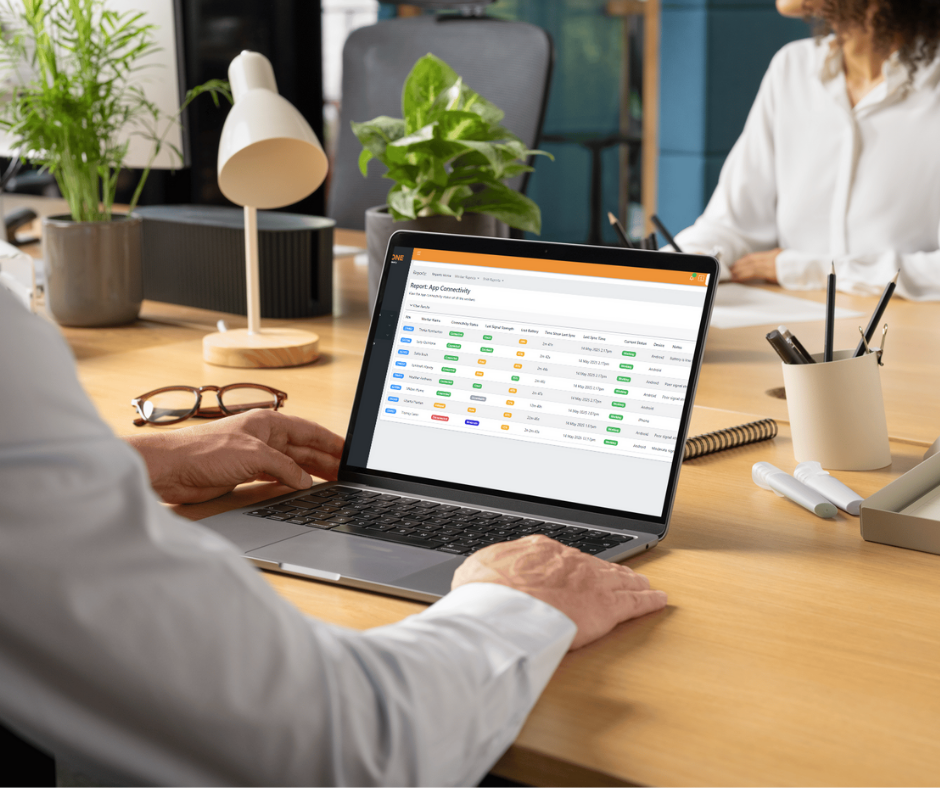Situation Not Normal – Is Your Mind on Your Driving?

Rick Walters and Angelina Robinson from Road Safety at Work BC. recently hosted a webinar, ‘Situation Not Normal – Is Your Mind on Your Driving?’ in response to the worldwide pandemic and its impact on those who drive for work.
In the current climate people are experiencing pressure, uncertainty, and constant change. These bring with them new hazards, new routes, new procedures and feelings of stress.
Although there has been reduced traffic on the roads over the last few months, there has been an increase of 25% in cases of speeding and crashes per kilometre driven. ¹
Upset Conditions
In modern society we are constantly faced with changes that impact on our ability to concentrate and drive effectively. These are referred to as ‘Upset Conditions’ and are interruptions in a regular work process or disruptions to normal work activities. It is claimed that if you are distracted while driving you can miss up to 50% of the information around you. ²
Upset conditions can incur high cognitive energy costs, causing tiredness and loss of mental focus. This is caused by blood diverting from the brain to the extremities in a ‘fight or flight’ reaction and limits the ability to make logical decisions. It can also cause people to become irritable, frustrated, agitated and aggressive whilst driving, increasing the possibility of crashing, or causing an accident.
Active Scanning
If you do need to drive somewhere (and you always have a choice whether or not to, as your right to refuse work you deem unsafe), here is a great tip from Rick Walters on how to stay focused on the task of driving: Practise Active Scanning. Look as far along the section of road you are driving as you can, to the next corner etc. Look left and right scanning all the way along the road until you get to the bumper of the car in front of you, where you check your following distance. Then check your side mirrors and rear-view mirror and begin again. While you are doing this, identify things that could become a hazard. Start planning and calculating answers to ‘what if’ scenarios involving those hazards, i.e. What if that car at the intersection fails to stop? This will help you develop your crash avoidance skills and avoid situations if the do occur.
ACE System
The main focus of the webinar was using the ACE system to work through changes that occur in the daily routine.
Asses the situation, Construct a plan, Execute the plan
The ACE system can be broken into things employers and employees need to do.
Things Employers can do:
Acknowledge that things are not normal and identify what has changed – environment, workers state of mind, shift patterns etc. This should be done as a team to ensure all points of view and observations are shared. Considering these changes employers should look at the risk assessment policies and update or adapt them where necessary.
Employers should look at other non-travel options if possible. Alternatively, they should investigate if the amount of driving required has increased and react accordingly, getting workers more support through technology if possible. Journeys and routes should be planned using available travel data and local intel then made known to shift supervisors. Employers should also consider the need to train workers in any new skills, vehicles or routes needed.
Safety procedures should be built into daily preparations and managers should be monitoring this, ready to make any adjustments needed to keep their workers safe. The most important aspect of the ACE system is communication. Employers need to communicate changes to employees and vice versa. Information needs to be passed both ways so procedures can be adapted.
Things Employees can do:
Ascertain if there are any differences in the environment, assignment or them self. Think before setting off on a journey – Is this dangerous? Am I sure what is expected of me? Does this feel different? Do I need help? It is important to work out what the upset condition or aspect that isn’t normal is and then get appropriate help or assistance to make the situation manageable.
Employees need to determine their options by brain storming realistic possibilities, then choose the best one that has the lowest possible risk. If there is no good solution, then it is not safe to carry the job out. This needs to be communicated with management so the situation can be adapted or changed.
Having an online or physical checklist that employees take a few minutes to work through assessing each situation before embarking on a journey can be invaluable. This will help them ascertain that they are physically and mentally prepared for changes or complications that could occur during the day. It also encourages checking of equipment and routes ahead of departure. Road Safety at Work B.C have excellent checklists available on their website, both online and physical checklists.
Most importantly employees need to be disciplined in sticking to the plan that has been set out. If all possibilities have been worked through, then workers should be able to adapt if conditions change throughout their workday.
Moving Forward
Using the ACE system is a fantastic way to approach scenarios, looking at each situation and assessing what issues may arise and how to address them systematically. Frequent communicating between employers and employees allowing all parties to share their opinions, successes, concerns and views is the best way to ensure everyone is working together on the same page. Things are not going back to the way they were for a long time yet, so as best practise companies need to start preparing their employees for the ‘new normal’ and how to adapt to a constantly changing work environment.
Book a Demo Today
Alternatively, get a free trial of the app
Want to try OK Alone? Click the button below and enter your details. It's free and no credit card is required.





